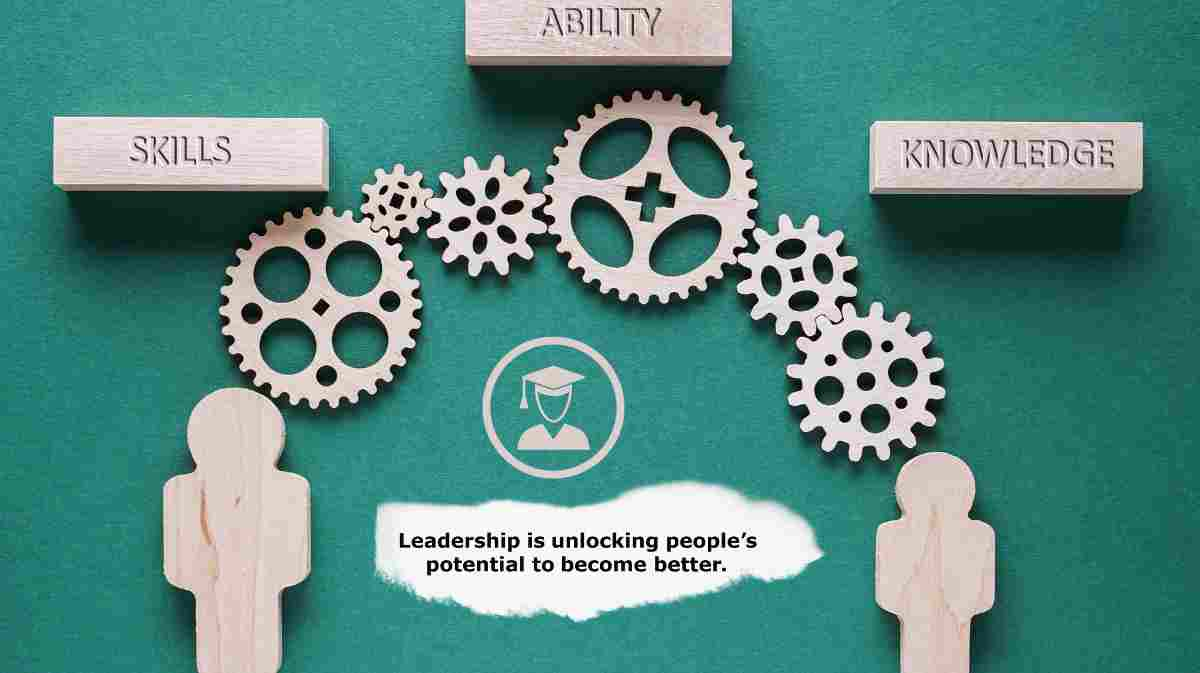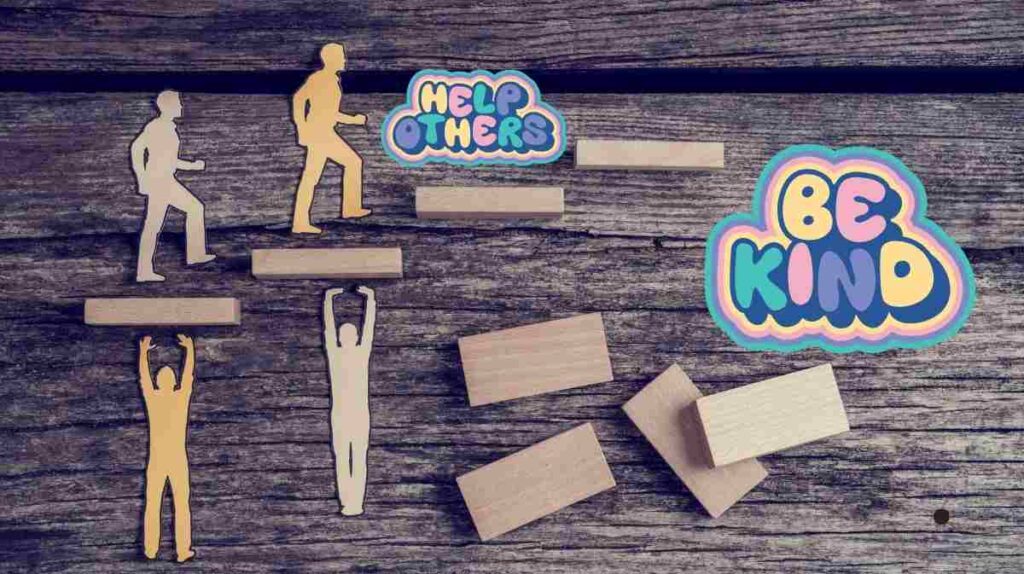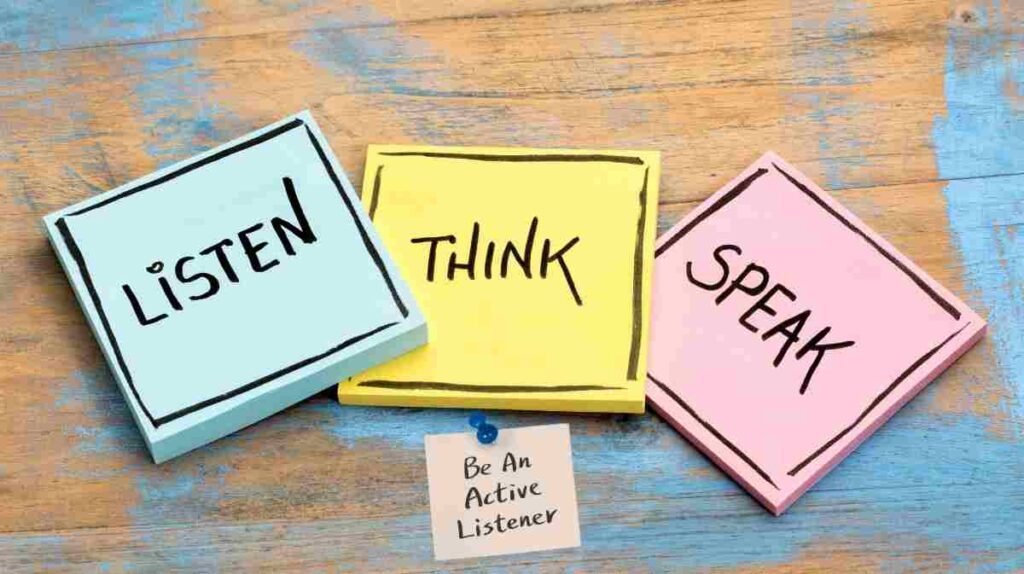info@subilrecruiters.com

The 7 powerful ways students can start leading today
Over the years, I have had the privilege of working closely with young people as they begin shaping their futures. Time and again, I have seen that leadership is one of the most valuable qualities they can develop.
It is not about achieving the highest marks or winning every award, although those are important. Instead, it is about how you treat others, the choices you make, and the example you set.
When we hear the word “leader”, many of us picture someone older, in a suit, running a company. But leadership does not begin there. It starts much earlier, often in everyday moments, and you do not need a title to practise it.
As a student, you are already in the perfect place to develop these important skills, ones that future employers value highly.
Let us look at seven practical ways you can start showing leadership right now. You might be surprised by how much you are already doing, or how easily you can start.

It all begins with you
True leadership is not about being in charge of others. It is about how you behave in everyday situations and the way you bring people together. These moments are often simple, but they are powerful.
1. Step forward during group work
Most students are familiar with group projects. While they may sometimes feel like extra work, they are actually a chance to show leadership in action.
When a group task starts, take a moment to step forward. You could offer to organise a rough plan or suggest how the team might divide the work. This does not mean controlling everything. Instead, it means helping things move forward and making sure everyone has a voice.
If disagreements happen, and they often do, suggest a calm way to move past them. Staying patient and solution-focused makes a strong impression. Leading in this way builds trust, and your classmates will start seeing you as someone they can rely on.

2. Help others when you can
One of the clearest signs of leadership is a willingness to support others. It shows strength, kindness, and maturity.
If someone in your class is struggling with a subject that you understand, take a moment to offer your help. This could mean explaining something in your own words, sharing helpful notes, or simply encouraging them not to give up. Helping others often deepens your own understanding as well.
This kind of leadership creates a positive learning environment. When you support others, you are helping the whole group succeed. That is the kind of person people want to work with, in school, and later, in the workplace too.
3. Get involved in school life
There are many ways to show leadership outside the classroom. Joining a club, society, or sports team can help you grow in ways you might not expect.
Pick something you enjoy. Once you are involved, look for small ways to contribute. Could you help organise an event? Take on a task within the group? Or even start something new that the school does not yet offer?
For example, if several classmates find a subject challenging, you might create a weekly study group. Doing this shows initiative and a desire to improve things for others.
It is not just about ticking boxes, it is about learning how to work with people, manage your time, and take responsibility. These are all qualities that good leaders need.

4. Listen with intention
Often, people think leaders need to speak well. That is true, but equally important is the ability to listen, really listen.
When someone speaks to you, try to give them your full attention. Do not interrupt or rush to reply. Instead, focus on understanding their point of view. Little things, like nodding or asking questions, show that you care about what they are saying.
Listening carefully helps build stronger connections. People feel more respected and are more likely to share ideas, even if they disagree. This creates space for collaboration and problem-solving, two essential parts of leadership.
5. Lead through your own actions
Your habits say a lot about you. The way you manage your time, meet deadlines, and stay organised speaks volumes, even if you do not realise it.
Try planning your week in advance. Use a notebook or calendar to track important dates and tasks. Meeting your deadlines and being prepared shows that you take things seriously, not just for your own benefit, but because others depend on you, too.
Others often notice these habits, and without saying a word, you become someone they look up to. Leading by example is often the most powerful kind of leadership.
6. Share your ideas thoughtfully
Your voice matters. Learning to share your thoughts in a clear, respectful way is a key part of leadership.
If you have an idea during a lesson or meeting, speak up. There is no need to have all the answers, but offering a different viewpoint can spark new thinking. At the same time, listen to feedback and be open to changing your mind.
Even asking a good question can lead to valuable discussion. Leaders do not speak just to be heard, they speak to help move things forward, and they do it in a way that brings others with them.

7. Learn and grow from setbacks
Every person makes mistakes. What sets leaders apart is how they respond to them.
Instead of feeling discouraged, pause and reflect. Ask yourself what you can learn from what went wrong. Think about what you could do differently next time. This habit of learning from experience builds resilience.
For instance, if a group task did not go well, take time to understand why. Maybe the planning was not clear, or communication could have been better. Whatever the issue, use it as a lesson. Growth comes from the willingness to try again, even after a setback.
Start today, one step at a time
Leadership is not something you wake up with one day. It grows through small, steady choices. Every act of kindness, every shared idea, every time you stay calm under pressure, these moments shape you.
Choose one or two of these actions and try them over the next few weeks. You might be surprised at how much difference they make. Not only will you grow more confident, but you will also begin to influence others positively.
You do not need a badge or a title to be a leader. What you need is a willingness to act, to listen, and to learn. Keep going, and you will find that leadership becomes a natural part of who you are.
Explore our article on how to build a strong LinkedIn profile as a student, and start showcasing your potential to future employers today


